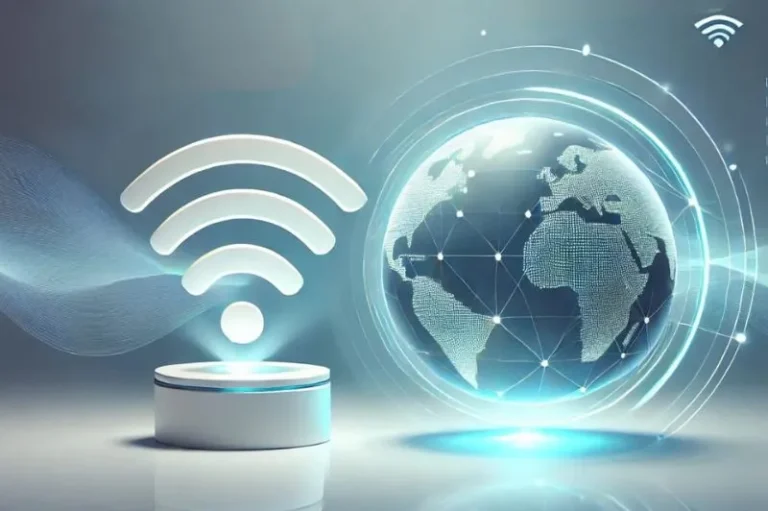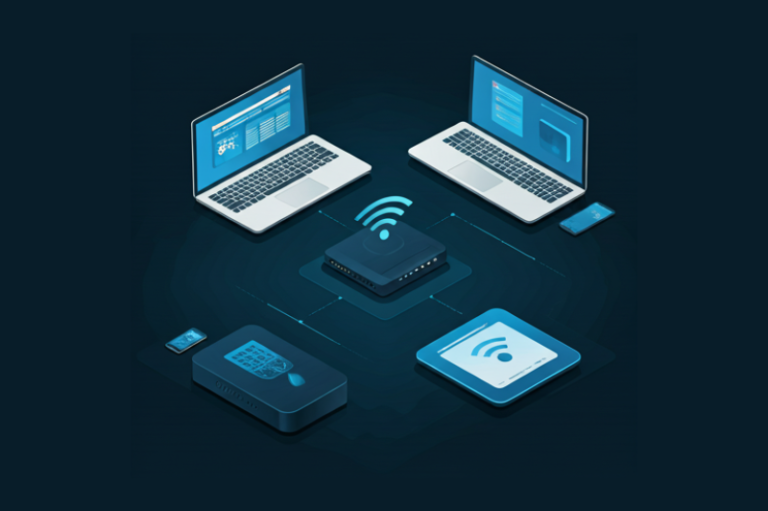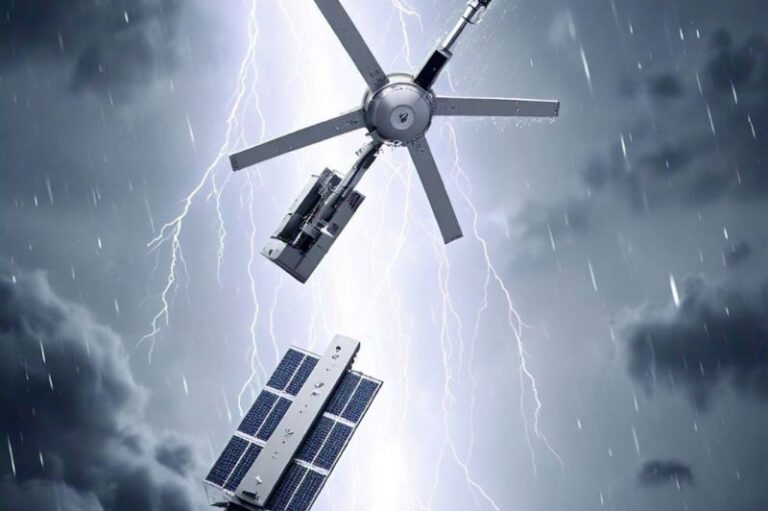Is WiFi the Same as Internet? Let’s Untangle the Web!
In today’s hyper-connected world, terms like WiFi and Internet are used interchangeably. But here’s the truth: WiFi is not the same as the Internet. Don’t worry, you’re not alone. Many people mistakenly believe they are one. In this article, we’ll clarify the differences between these two essential technologies, explain how they work together, and offer practical tips to improve your communication..
The Basics: What Are WiFi and the Internet?
The Internet: The Global Highway
Think of the Internet as a giant highway system that connects cities around the world. It is a vast network of servers, cables, satellites and infrastructure that allows computers and devices to communicate with each other. The Internet enables activities such as browsing websites, streaming videos, sending emails, and more.
Key facts about the Internet:
- It’s a global network that connects millions of devices.
- It’s powered by Internet Service Providers (ISPs) like Comcast, AT&T, or Verizon.
- You need a modem and router to access it from home.
WiFi: The Local Road
If the Internet is a highway, WiFi is like a local road connecting your home to the highway. WiFi is a wireless networking technology that allows devices within a certain area (your home, office, or coffee shop) to connect to the Internet without using cables.
Key facts about WiFi:
- It stands for Wireless Fidelity.
- It uses radio waves to connect devices to your router.
- WiFi networks are typically limited to a range of about 30 feet indoors.
How Do WiFi and the Internet Work Together?
Imagine this scenario: You’ve just moved into a new apartment. You’ve set up your furniture and plugged in your router, but your devices can’t access the Internet. What’s missing?
Here’s a step-by-step guide to how WiFi and the Internet work together:
- The ISP Connection: Your ISP provides a wired connection to the Internet using cables, DSL, fiber optics, or satellite.
- The Modem: This device acts as the gateway to the Internet, converting signals from your ISP into a form your devices can use.
- The Router: The router takes this Internet connection and distributes it wirelessly via WiFi, creating a Wireless Local Area Network (WLAN).
- Your Devices: Devices like phones, laptops, and smart TVs connect to the router’s WiFi network to access the Internet.
Without an Internet connection, your WiFi network can still function, but it will only enable local activities like sharing files or streaming from a home server.
Common Misconceptions About WiFi and the Internet
Misconception 1: Full WiFi Bars Mean Good Internet
Have you ever noticed that your phone shows full WiFi bars, but websites still won’t load? This happens because WiFi strength only indicates the connection between your device and the router. If your ISP’s Internet connection is slow or down, your WiFi bars won’t matter.
Misconception 2: WiFi Provides Internet
It’s easy to assume that WiFi itself provides the Internet. However, WiFi is merely the bridge that connects your devices to an existing Internet source. Without a working modem or ISP connection, WiFi can’t deliver Internet access.
Anecdote: WiFi Without Internet
A friend of mine once threw a movie night, confident that her new WiFi setup would handle everything. Guests arrived, popcorn was popped, but when she tried to stream the movie, nothing worked. It turned out her ISP hadn’t activated the Internet connection yet! While her WiFi network was live, it couldn’t connect to the Internet, leaving everyone staring at a blank screen.
Troubleshooting WiFi and Internet Issues
Scenario 1: WiFi Connected, But No Internet
If your device shows it’s connected to WiFi but you can’t access the Internet:
- Restart your modem and router. This clears temporary glitches.
- Check for ISP outages. Use their website or call customer support.
- Verify hardware connections. Ensure cables are secure and undamaged.
Scenario 2: Slow Internet Despite Full WiFi Bars
- Run a speed test to see if your Internet speeds match your plan.
- Reduce network traffic. Disconnect unused devices and pause large downloads.
- Upgrade your plan if your current speed isn’t sufficient.
Scenario 3: Dead Zones in Your Home
- Reposition your router to a central location.
- Invest in a mesh WiFi system for full-home coverage.
- Use WiFi extenders to boost the signal to hard-to-reach areas.
Why Understanding the Difference Matters
Knowing the difference between WiFi and the Internet can save you time and frustration. For example:
- When setting up a new network, you’ll know whether to troubleshoot your ISP connection or your router.
- You’ll make informed decisions when upgrading your Internet plan or purchasing new WiFi equipment.
Enhancing Your Home Network
Upgrade Your Router
Modern routers offer faster speeds and better coverage. Look for one with dual-band or tri-band support for optimal performance.
Invest in Faster Internet
Contact your ISP to explore faster plans, especially if you stream 4K videos or have multiple users in your home.
Secure Your Network
Use a strong password and enable WPA3 encryption to protect your WiFi from unauthorized access.
Key Takeaways
- WiFi enables wireless connections between devices in a local area.
- The Internet is the global infrastructure that powers online services.
- WiFi and the Internet work together but are distinct technologies.
By understanding this relationship, you’ll not only improve your technical literacy but also ensure you’re getting the most out of your connectivity. Ready to optimize your home network? Start by choosing the right equipment and Internet plan that suits your needs.







